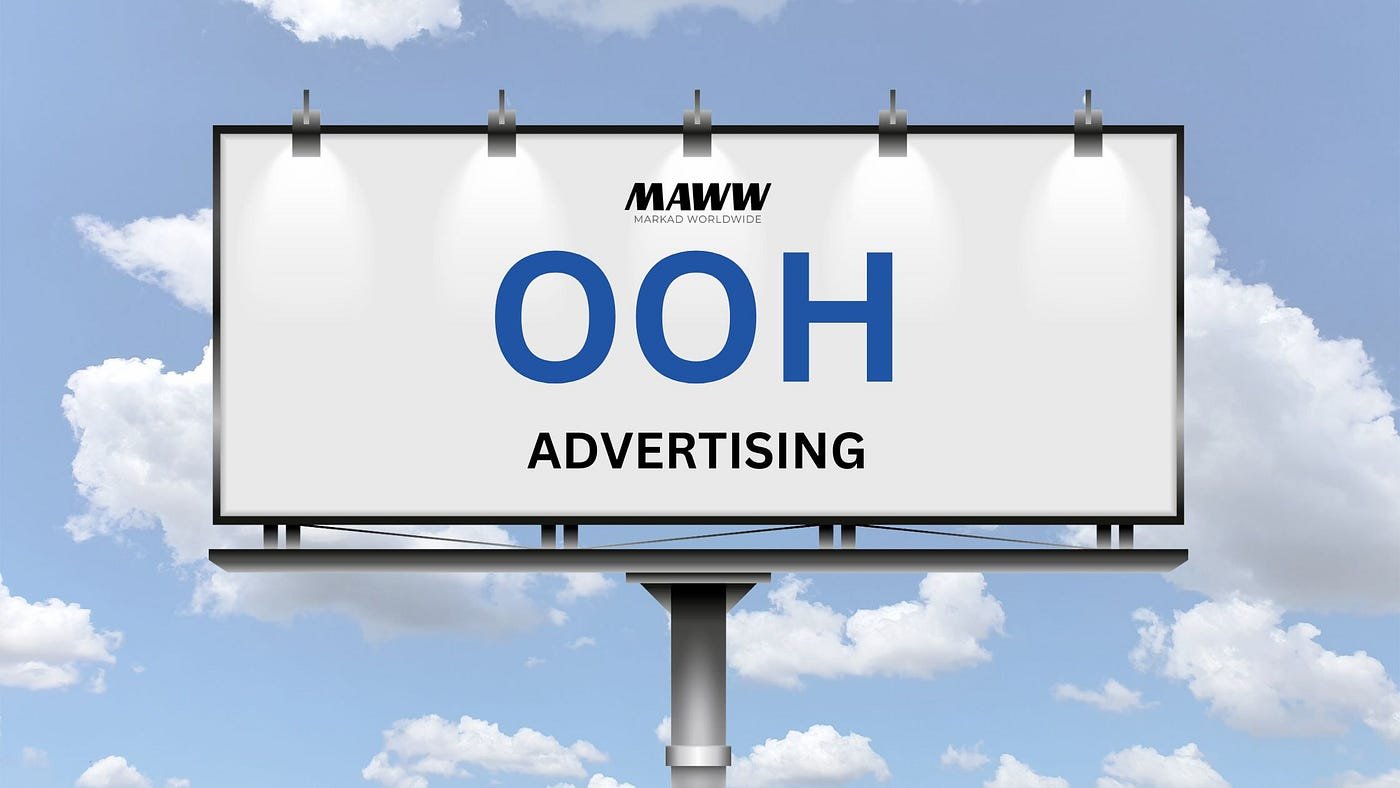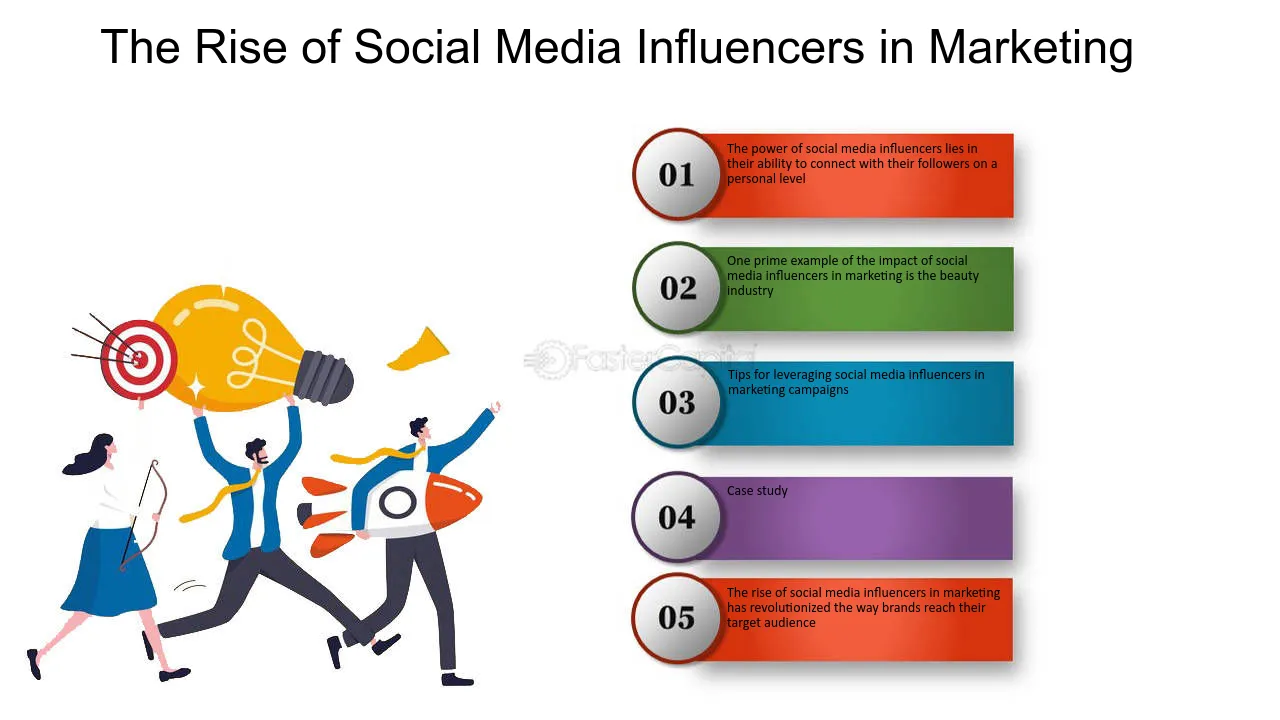The rise of programmatic advertising marks a significant shift in digital marketing, revolutionizing how businesses buy and display ads. This automated approach leverages technology and data to streamline the ad buying process, enhancing targeting, efficiency, and overall campaign performance.

1. Understanding Programmatic Advertising
The rise of programmatic advertising can be traced back to its ability to automate the buying and selling of ad inventory. Traditionally, ad purchases involved lengthy negotiations and manual processes. Programmatic advertising changes this by using algorithms and data to buy ad space in real-time.
Programmatic advertising operates through platforms like Demand-Side Platforms (DSPs) and Supply-Side Platforms (SSPs). DSPs allow advertisers to purchase ad space efficiently across multiple sites, while SSPs help publishers sell their ad space. This automated system ensures that ads are served to the right audience at the right time, improving the effectiveness of digital campaigns.
2. Enhanced Targeting with Data-Driven Insights
A major benefit of the rise of automated advertising is its use of data-driven insights to enhance targeting. Advertisers can access vast amounts of data on user behavior, demographics, and interests. This information enables more precise targeting compared to traditional advertising methods.
For instance, programmatic advertising allows for audience segmentation based on detailed criteria. An advertiser can target users who have previously visited their website, shown interest in similar products, or fit specific demographic profiles. This precision ensures that ads reach the most relevant audience, increasing the chances of engagement and conversion.
3. Improving Efficiency and Reducing Costs
The rise of automated advertising also contributes to improved efficiency and cost reduction. By automating the ad buying process, businesses can eliminate manual tasks and streamline operations. This automation reduces the time and effort required to manage ad campaigns, allowing marketers to focus on strategy and creative aspects.
Moreover, programmatic advertising optimizes ad spend through real-time bidding. Advertisers can bid for ad space based on current market conditions and audience demand. This dynamic approach helps ensure that ad budgets are allocated effectively, maximizing return on investment (ROI) and minimizing wasted spend.
Conclusion
The rise of programmatic advertising has transformed digital marketing by introducing automation, enhanced targeting, and improved efficiency. By leveraging technology and data, businesses can optimize their ad campaigns and reach their target audience more effectively. As automated advertising continues to evolve, it promises even greater advancements in how ads are bought and displayed, offering valuable opportunities for marketers to enhance their digital strategies.




